By Jonathan F. Keiler
By the spring of 1943, the Nazi deaths camps in eastern Poland—Sobibor, Belzac, and Treblinka—were running out of victims. These camps were main centers of Operation Reinhard. Named for the late Reinhard Heydrich, Heinrich Himmler’s former deputy and chief architect of the “final solution,” the purpose of the camps was pure mass murder on an industrial scale. Operation Reinhard was, by the perverse standards of the “final solution,” an overall success. The death camp at Treblinka alone murdered at least a half million people in little over a year. It can be conservatively estimated that a least a million Jewish men, women, and children and thousands of gypsies had been gassed, shot, or otherwise killed at the three camps by mid-1943.
Most victims of Operation Reinhard survived only a few hours after unloading from the fetid, overcrowed cattle cars in which they were shipped east. Occasionally, small numbers of Jews were selected for slave labor in the death camps. None of the camps needed many workers, as their primary function was simply to kill. Approximately 600 to 800 prisoners were employed in each camp for its day-to-day operations and to support the Nazi SS garrisons and their Ukrainian auxiliaries.
Generalgouvernement
The camps were located in the wilderness of eastern Poland, designated by the Nazis as the Generalgouvernement, a land where two millennia of Western culture and civilization ceased to exist, replaced by a nightmare regime of torture and murder. Each death camp was no more than a square mile in area and controlled by perhaps 30-40 SS officers and NCOs in command of about 100 SS-trained Ukrainians. The camps were surrounded by watchtowers, multiple barbed wire fences, ditches, and at Sobibor, a minefield. Life inside the camp for the Jewish prisoners was brutal and uncertain at best. For the so-called Sonderkommado, those men charged with clearing out the gas chambers and incinerating the corpses, existence was indescribably horrific. In return for their suffering, the prisoners were allowed to live for as long as the SS deemed appropriate.
In the spring of 1943, the Jewish prisoners noticed a decline in the number of rail transports arriving at the gas chambers of Treblinka. The SS forced Jewish prisoners to exhume the overflowing mass graves at the site and burn and rebury the corpses. For the Sonderkommando and other prisoners at Treblinka, this meant that they were next.
It is likely that the Jewish revolt in the Warsaw Ghetto in April 1943 offered encouragement to a growing resistance movement within the camp. Survivors of the revolt were sent to Treblinka for execution. While accounts of the revolt at Treblinka differ, it is clear that it was planned and organized beginning in early 1943 by former officers of the Polish and Czechoslovakian Armies. Fear, despair, physical privation, and uncertainty delayed action until the summer.
Bribery and a Broken Lock
The officers who first planned the revolt, Ilya Chorazycki, a doctor and former Polish Army captain, and Zialo Bloch, a Czech Army lieutenant, knew the camp well and had reasonable access to its various parts. They were assisted by, among others, Adolf Friedman, a Polish Jew who reportedly had lived in Palestine and served in the French Foreign Legion.
The camps were located in the wilderness of eastern Poland, designated by the Nazis as the Generalgouvernement.
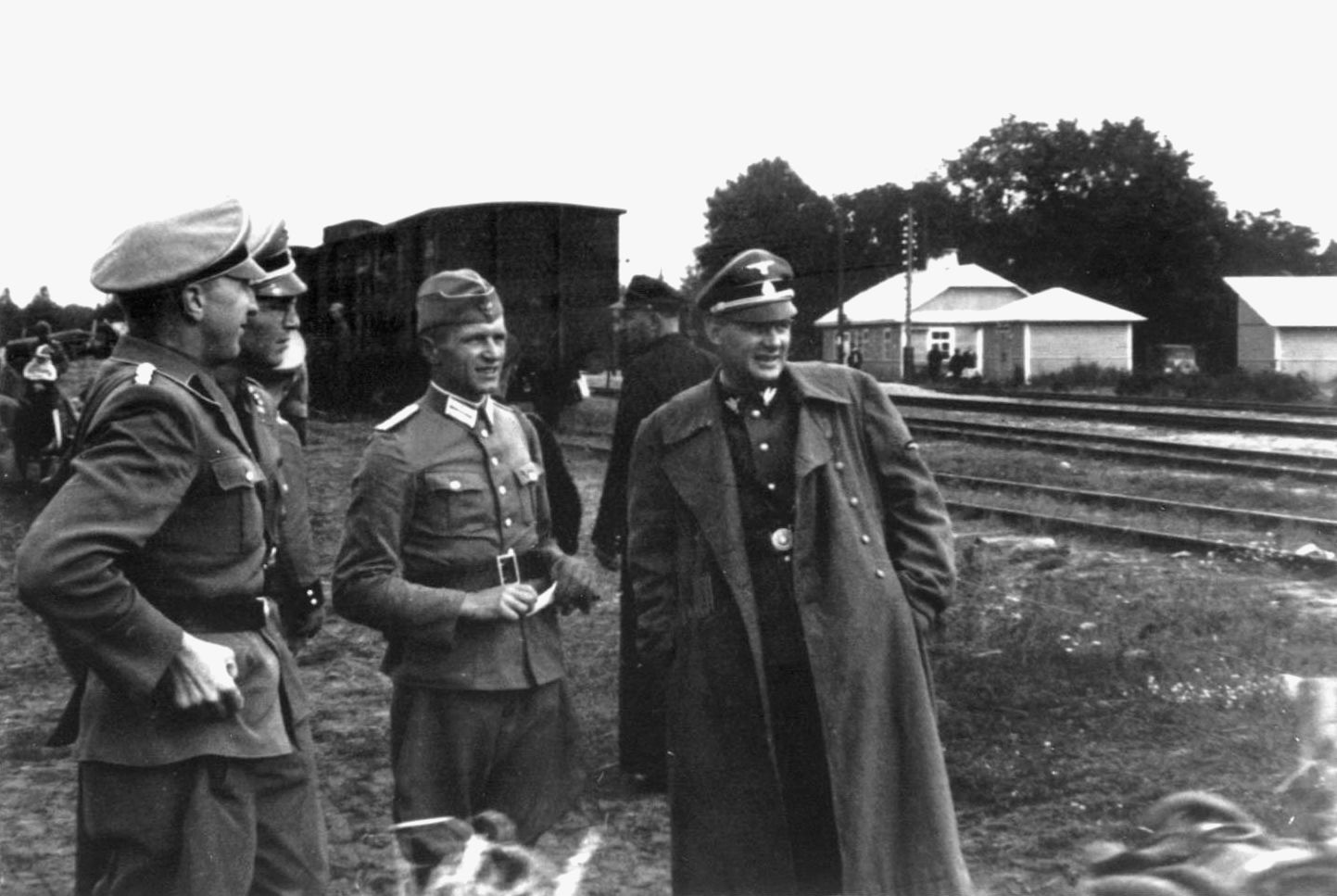
Individual attempts at escape had proved mostly futile, and these leaders believed the prisoners’ best chance for survival lay in an organized revolt aimed at overcoming at least a portion of the relatively small guard force. Having done this, the prisoners could destroy the camp, or portions of it, and make an escape. Chances of success were deemed reasonable by the reckoning that if even a small number of people could get out they could at least report the truth about the German “resettlement” program. The alternative, in any case, was death.
The acquisition of arms of some sort was critical to the evolving plan. Various means were attempted. The Jews unsuccessfully tried to bribe Ukrainian guards with valuables they secretly gathered from camp victims. In return for the loot, the Ukrainians supplied extra food, but not arms. They also did not inform the SS of the profitable bribery. Chorazycki died when the deputy camp commander caught him with bribe money in his pocket. Chorazycki briefly struggled with the SS man, freeing himself long enough to commit suicide by swallowing poison, thus denying the Germans a chance to interrogate him and uncover the plot.
An opportunity of sorts occurred when the SS delivered a door (or by some accounts only the lock) for repair to Jewish craftsmen working in the camp. It was not just any broken lock, but the one to the camp arsenal. Working in secret, the locksmiths managed to make a wax copy of the lock and from that to fashion a key. They then completed the repair without the SS being the wiser.
The Treblinka Revolt
There were several other close calls besides Chorazycki’s death. In late April, a group of boys acting under direction of the plotters used the weapons room key to remove a box of hand grenades. But when they returned, Friedman recognized that the grenades lacked detonators, which were stored separately. Luckily, the boys managed to return the box without the Germans learning of the theft. Then the Germans uncovered an escape plot organized by a so-called “camp elder” named Rakowski, who was murdered for his efforts. In May 1943, transports containing survivors of the Warsaw Ghetto uprising arrived in camp. Most people were immediately gassed, but at least one man managed to detonate a grenade he had smuggled from the battlefield, killing a Ukrainian guard. The Warsaw survivor was immediately beaten to death. These events certainly unnerved the Germans and presumably increased their alertness, while at the same time no doubt encouraging the prisoners.
Eventually, a plan took shape. Wary of informers, the camp underground divided itself into small cells of five, totaling about 60 men in all. They planned to revolt in late afternoon, undesirable in some respects but unavoidable as the weapons room was unguarded only during daytime. Late afternoon would at least limit exposure until nightfall and also allow the various cells to disperse themselves throughout the camp during their work details. Still, indecision reigned among the plotters. In late July 1943, they were finally galvanized to action as it became clear that the Germans were preparing to close and abandon the camp, liquidating the Jewish workforce in the process. The plotters set the revolt for the afternoon of Monday, August 2, 1943.
A cell planned to smuggle weapons from the arsenal between 2 and 4:30 pm on August 2. At the same time, other prisoners were to arm themselves with whatever weapons came to hand, such as axes or picks used by daily work details. A grenade would be detonated at 5 pm to signal the beginning of the uprising. However, shortly before 4, a German officer unexpectedly appeared in one of the Jewish work areas and began questioning a suspected informer. Panicked, and although weapons from the arsenal were not yet fully distributed, the plotters sent for help. An armed prisoner arrived as the SS man left the work area and shot him. This gunshot substituted for the grenade explosion as the signal to revolt.
The prisoners had managed to smuggle out a few dozen grenades and several pistols and rifles. Various work groups turned on their guards with picks and axes. Two prisoners ignited the camp gasoline store, causing a huge fire. The few prisoners equipped with firearms shot at their tormentors.
Initially, most prisoners and guards were uncertain what was happening. The situation quickly became chaotic. The majority of prisoners eventually ran for the camp fences or gates. Meanwhile, the Germans and Ukrainians, largely operating from watchtowers, began to overwhelm the rebels with machine-gun fire. In response, the prisoners could offer only rifle and pistol fire, and their ammunition was rapidly running out.
Prisoners assailed the fences with picks, axes, and their bare hands. Machine guns firing from the towers killed many, but scores managed to cut through and make their escape. Within the camp, other prisoners set fire to buildings or continued to engage in scattered and hopeless firefights. Bloch and Friedman were killed in such battles, covering the escape of other prisoners. In the end, perhaps 300 of 800 prisoners made it out of the camp. Another 100 were captured within the camp and eventually executed. The rest were killed during the uprising. Of those who escaped, the majority were quickly hunted down and killed by German forces or perished from starvation, exposure, or at the hands of local Poles in the surrounding countryside. No more than 100 and most likely fewer than 60 people survived the immediate aftermath, and perhaps a few dozen survived the war.
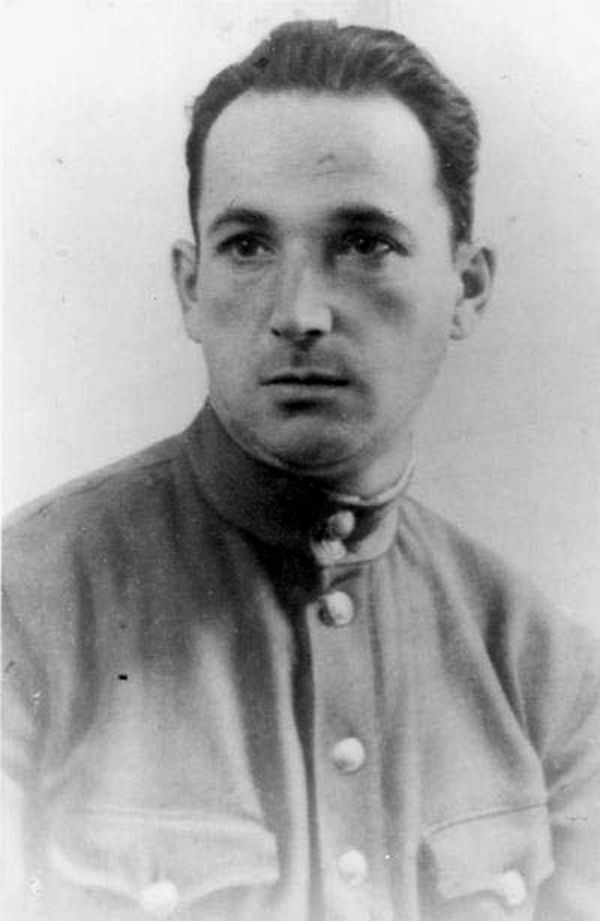
Laying the Foundations for a Fight
About 600 Jewish prisoners worked in the Sobibor death camp in the spring of 1943. They, too, started suspecting that their time might be up when a transport of Jewish prisoners arrived from the Belzac death camp. From them the Sobibor prisoners learned the unsettling news that Belzac had been shut down. The Belzac prisoners had not been transferred to supplement the Sobibor workforce, but were designated for extermination. Knowing quite well what awaited them in the “showers,” many of the Belzac prisoners tried to fight the Germans to no avail. They were slaughtered.
An underground movement had already taken root in Sobibor, but it lacked effective leadership. The chief organizer, Leon Feldhendler, was a Polish Jew and former Judenrat official. The Judenraten were ad hoc local Jewish governments organized within the ghettos that often assisted German officials in identifying and organizing Jews for transport east. All Judenrat officials worked under duress—many in ignorance of what the Germans intended. Others apparently realized they were sending fellow Jews to their doom and rationalized it as an attempt to save those left behind, including themselves and their families. Whatever Feldhendler’s outlook was before coming to Sobibor, he certainly now knew of the German intentions and the fate that awaited him and his fellow prisoners.
Sobibor also had many Dutch Jewish prisoners, the byproduct of Sobibor’s status as the chief extermination center for Jews from the Netherlands. Ironically, Dutch Jews, among the most prosperous, assimilated, and “Germanic” in Europe, proved easy prey for the Nazis. Orderly, and more trusting of the Germans than the Poles, Dutch Jews often went to their deaths quietly and unsuspecting until the final moments.
May 1943 brought a former Dutch naval officer and Spanish Civil War veteran, Joseph Jacobs, to the camp. Not content to go to his death quietly, he quickly organized a group of Dutch prisoners and planned an uprising or escape, coordinating, at least in part, with Feldhendler’s group. By August, Jacobs’s plan was well advanced but highly vulnerable to detection. Like Chorazycki’s failed plan, Jacobs relied on the collaboration of some Ukrainian guards, who were to help acquire weapons for the prisoners and facilitate an escape. Inevitably, the Ukrainians betrayed Jacobs. The SS mercilessly tortured him, demanding that he reveal his co-conspirators. Jacobs, however, would not break. So, the SS simply murdered him along with 72 other Dutch Jews with whom he worked or associated. By SS logic, this both served to eliminate other conspirators and as a warning. But Feldhendler and his organization remained intact.
The Soviets of Sobibor
Sobibor was constructed similarly to the other death camps, and knowing its basic layout is important to understanding what occurred later. It was surrounded by double and at some points triple barbed-wire fences plus its unique minefield, and the interior of the camp was subdivided by wire fences into four distinct subcamps. Camp I contained prisoner barracks and shops for craftsmen, such as tailors, carpenters, and mechanics. Next to it was the SS officers’ compound and guard barracks. Camp II contained an undressing yard where victims gave up their clothes and valuables and a complex of warehouses to sort and store the loot. Between Camps I and II stood a high forester’s tower that predated the camp but was not one of the camp’s regular watchtowers. Camp III, which was the most isolated and closely guarded, housed the gas chambers and an outdoor crematorium. It was here the Sonderkommando lived and worked, isolated from the other Jews in the camp. Camp IV, sometimes called the North Camp, contained more warehouses, an extra execution site at an old Catholic Chapel building, and many trees that were harvested by labor parties to fuel the crematorium.
During mid-September 1943, the Sonderkommando in Camp III built an escape tunnel. The Germans uncovered it before completion, and the entire Kommando was shot dead. The incident served as another warning to the remaining prisoners and demonstrated the difficulty of successfully tunneling, which was always a popular plan among those thinking about escape.
On September 23, 1943, shortly after the failed escape from Camp III, a transport from Minsk arrived. As usual, almost all the arrivals were murdered, but 80 men were spared for heavy construction work in Camp IV. Most of these men were Jewish Soviet Army prisoners. There were two officers among them. The higher ranking, a major, was melancholy and despondent. The second, Lieutenant Alexander “Sasha” Pechersky, proved to be a cool, tough, and inspiring leader.
The mastermind of Operation Reinhard, Heinrich Himmler, oversees the loading and deportation of Jews.
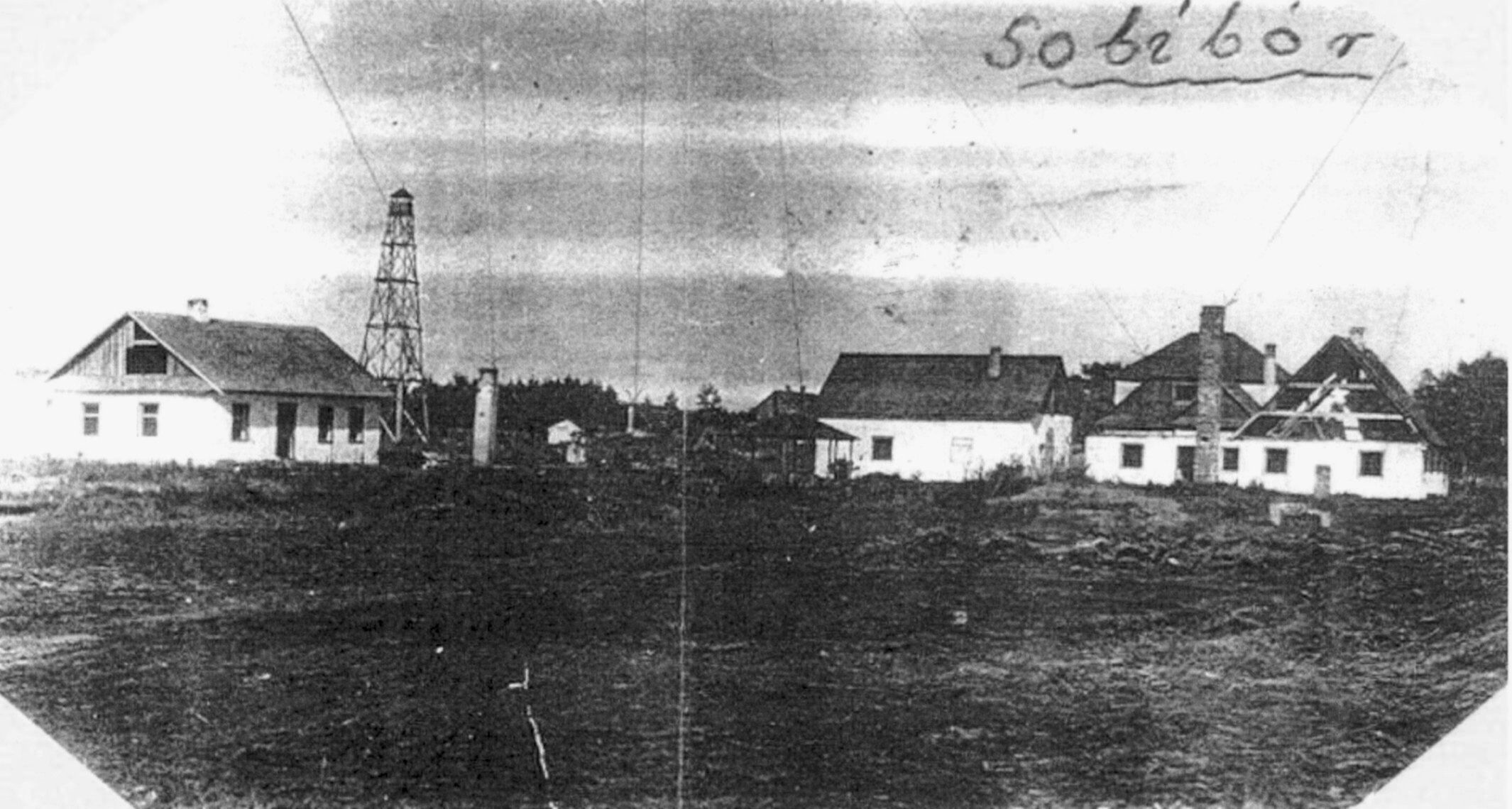
“We are on Our Own”
The Soviet POWs stood out from the other prisoners. Organized, disciplined, and battle-hardened, they accepted Pechersky as their leader. Horrified by what they found in Sobibor, Pechersky and his men quickly began formulating plans for escape or revolt. This raised the morale of the other Jews and provided a glimmer of hope. Pechersky also brought news of German military setbacks, but he was a realist. The Germans had suffered serious reverses, but the Red Army was still hundreds of miles away. He knew the prisoners could not count on the local partisans or trust the Ukrainians. He told his fellow Jews, in essence, “We are on our own and must solve our own problems.”
Pechersky started to cautiously coordinate with Feldhendler, but the two were suspicious of each other. Polish and Russian Jews, like their gentile counterparts, normally shared little trust or amity. Eventually, both men put aside their reservations. In Sobibor it mattered only that they were Jews.
Feldhendler provided Pechersky with vital intelligence. The Pole knew the strengths of the Nazi garrison and its vulnerabilities. Pechersky used Feldhendler’s information to analyze tactical and strategic options in a way that Feldhendler could not. Among the weaknesses Feldhendler identified among the SS troops were their greed and a growing lassitude. The SS acted as if the camp were their own private flea market, with everything marked down to nothing. They routinely ordered custom-made goods from skilled craftsmen who worked for no more than the right to draw breath. As the number of transports dropped, the Germans also took every opportunity to escape the camp on official leaves, for outside duties, or to avail themselves of local recreation. Here was the Nazi Achilles’ heel, and to exploit it Pechersky developed a bold plan.
The only sure way out of the camp without encountering mines was to exit the main gate, and this is precisely what Pechersky proposed the prisoners do. The SS force was relatively small and susceptible to attack. Pechersky hoped that if the prisoners could weaken or eliminate the SS, the Ukrainian auxiliary would be rendered ineffective and the prisoners could simply walk out the main gate. He proposed to wipe out the SS by luring them into kill zones, where they could be ambushed at close range, mainly by his POWs armed with homemade axes and knives. The Jews would strike on a day when many SS were already out of the camp on duties, leave, or recreation. That day was October 14, 1943.
As at Treblinka, the prisoners divided themselves into cells for security and for combat. In the workshops Jews secretly made weapons, while Pechersky and Feldhendler pieced together exactly how to set the ambushes and draw in the SS. They also planned to steal a few rifles from the Ukrainian barracks and to raid the main arms room.
To implement the plan, the leaders gained the cooperation of two of the camp’s Kapos, Czepik and Pozyczka. The Kapos were controversial figures: Jews who helped the SS control and punish their fellow prisoners. Although some Kapos were true collaborators, most were simply victims of circumstance like everybody else. With their cooperation, security would be enhanced, and Pechersky would be able to move his killer teams around the camp since the Kapos could pass in relative freedom from one subcamp to another. The only other prisoners who could pass between subcamps were the so-called putzers, teenage boys used to clean the SS barracks and run errands. Kapo Czepik controlled the putzers, and Pechersky could make use of them to run messages, lure the Germans into ambush, and steal Ukrainian rifles.
The Plan of Action
October 14 proved a particularly propitious day for the uprising. Among those absent from the camp that day were the commandant, Oberstürmfuhrer (1st Lieutenant) Franz Reichleitner, and his sergeant major. Some Ukrainian guards were on a swimming excursion to the nearby Bug River. The plotters were unlikely to have a better opportunity.
The operation was set to start in late afternoon. Since it was mid-October, dusk fell early, and Pechersky hoped this would give the prisoners the cover of night to make their escape through the woods that surrounded the camp. The plan called for the kill teams to distribute themselves around Camps I and II beginning at 3 pm. Feldhendler would control the action in Camp II, Pechersky in Camp I. Camp III and the Sonderkommandos were not included in the plan. The Kapos would help move the kill teams, which were posing as work parties. The putzers would run messages and help lure the SS men into ambush.
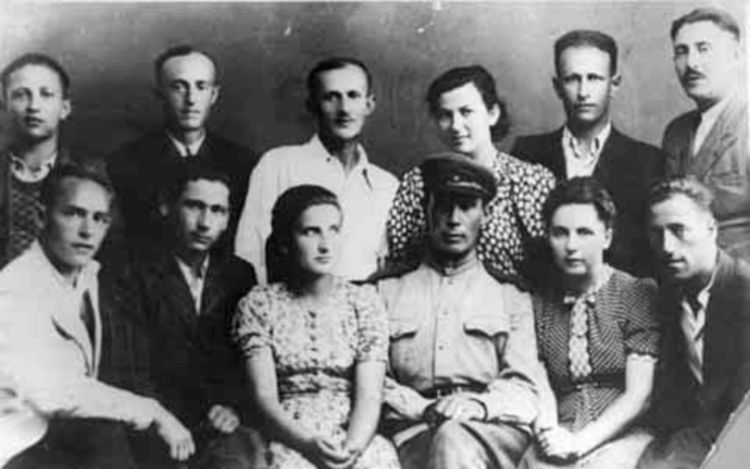
The SS were to be individually invited into various workshops and storerooms and quietly eliminated between 3:30 and 4:30. During this time, one of the putzers would attempt to steal the Ukrainian rifles. After the SS were killed, a Jewish electrician would cut the camp’s phone lines and power, while a raiding party would attempt to take the arms room. Then, after the usual 5 pm roll call, the prisoners would walk through or rush the main gate.
The Kill Teams go to Work
October 14 dawned, and Pechersky was eager to act— especially to kill the first SS man, as he was somewhat mistrustful of his co-conspirators’ determination. Once the first Nazi fell, there would be no choice but to complete the mission or die. This became clear when at about 2 pm an SS NCO, Walter Ryba, appeared in Camp I and demanded that Kapo Pozyczka get three other men and come with him. This threatened the entire operation as Pozyczka was to move a kill team to Camp II at 3 pm. In addition, Ryba carried a submachine gun, which was unusual. The SS usually only carried pistols.
Pechersky feared the plot had been compromised. Others thought the same and suggested he postpone or call off the revolt. But Pechersky refused. He doubted that many of the prisoners would survive a cancellation or postponement. They would have to make do. After an hour, Kapo Czepik reported that the SS man had taken Pozyczka for chores in Camp IV. Ryba had carried a submachine gun because he was alone, without a Ukrainian guard escort. Relieved, Pechersky ordered Czepik to move Pozyczka’s kill team to Camp II.
That team killed the first SS man, Unterscharführer (Sergeant) Josef Wulf, on schedule. Wulf was invited into the Camp II warehouse to try on a coat. Suspecting nothing, he allowed a prisoner to assist him with the fitting. As this occurred, the kill team leader, Boris Tsibulsky, and another POW stepped out of hiding and split Wulf’s skull with their axes. They took his pistol, hid the body, cleaned up the blood, and prepared for the next victim. This should have been Scharführer Beckman, lured by a putzer to the entranceway a few minutes later; but Beckman balked and walked to his office in the Camp II administration building. Feldhendler sent the putzer to Pechersky, where he reported Wulf’s death and Beckman’s escape. Pechersky was cheered by the news. He sent the boy back to Feldhendler with best wishes and instructions to eliminate Beckman.
As the SS arrived in Camp I for their appointments, Pechersky made sure he had men to greet them. Five came by, one after another, to visit the tailor, shoemaker, or carpenter. All were axed or knifed to death and their pistols distributed among the attackers. Back in Camp II, Feldhendler’s men killed two more SS in the warehouse.
All the SS in Camp I were now dead; Beckman was the only SS man still alive in Camp II. Feldhendler sent Kapo Czepik and two POWs to Beckman’s office. It was not unusual for a Kapo to report to an SS man, so Beckman was not alarmed when he let Czepik in his office. Czepik and the POWs fell on Beckman with knives. Meanwhile, unknown to Pechersky, a prisoner working in the garage near the SS barracks, on his own initiative, spontaneously killed Walter Ryba.
Escape from Sobibor
It was now close to 5 pm, time for the final roll call and the escape. The electrician cut the phone lines and the power. The putzers managed to smuggle six rifles and some ammunition from the Ukrainian barracks concealed in a piece of pipe. These were quickly distributed.
The plan had called for one more SS man to die, Oberscharführer Karl Frenzel, a cruel man in charge of Camp I. But Frenzel did not show for his appointment at the carpentry shop and was on the loose somewhere else in camp. Pechersky was unwilling to wait. Other than Frenzel and a couple of others, all the SS were dead. It was now or never.

Feldhendler marched the prisoners from Camp II to Camp I, singing as usual, so as not to alert the Ukrainians in the guard towers. They assembled with Pechersky and the remaining prisoners from Camp I, perhaps 500 people in total. Excitement ran through the throng. Suddenly shots rang out. A Ukrainian guard and SS man returning from duty outside the camp had discovered a dead SS man. They shot at some prisoners near the corpse.
Pechersky was out of time. He made a brief, impromptu speech in Russian. He urged the prisoners to rise up. “Those that live must bear witness to what happened in this place!” With that, some of the prisoners let out a loud “Hurrah!” and called the crowd to move forward. Shouting and crying, the mass of prisoners surged toward the main gate, the fences, and, hopefully, freedom.
At about this time a prisoner combat team attacked the armory. Inside were an SS NCO and three or four Ukrainians. A desperate hand-to-hand fight broke out. The SS man was badly injured but escaped. The Ukrainians fled. Unfortunately for the Jews, the Ukrainians had been disassembling and cleaning the weapons. The revolt was already under way. There was little time, and few rifles were intact. The prisoners grabbed what they could and joined the mass of inmates rushing for the gate and the fences.
At the main gate, a Ukrainian guard was overpowered. Other Ukrainians in the towers finally awoke from their stupor. Like a demon, Frenzel appeared at the gate armed with a submachine gun. He and the Ukrainians in the towers opened fire on the crowd attempting to get through the gate, which remained locked.
The main gate exit turned into a death trap. Pechersky and most others chose to cut their way through the fences and take their chances in the minefields. Many of those who cut through first were killed by exploding mines. They cleared the way for others. Pechersky and a group of POWs cut through the fence in an area he hoped might be free of mines. They were lucky. He and his men dashed for the cover of the nearby woods. Other prisoners at various places followed suit.
Perhaps 300 of the 500 prisoners in Camps I and II made it out alive. A few injured, sick ,or frightened prisoners remained behind, as did a few armed men who preferred to fight to the death. All who remained were eventually killed by the Germans, as were the Sonderkommandos in Camp III. The woods and the gathering darkness gave the prisoners an initial advantage, along with the fact that the decimated garrison was unable to pursue without reinforcements. Nonetheless, many prisoners were captured or killed in the ensuing days, some by German or Ukrainian troops, and some by local Poles. Many were simply never heard from again.
The Survivors of Sobibor
Pechersky moved east toward the Bug River over the next three days. About 70 people either accompanied him or reached him during this period. Pechersky felt that such a large group could not make it across the river and remain undiscovered. He took most of the weapons and set off with about a dozen of his men, leaving the others behind to fend for themselves.
Pechersky and his men survived the river crossing and reached Russian partisans operating in the area. He survived the war. Feldhendler survived but was murdered by Polish anti-Semites in 1946. In the end, perhaps 50 other Sobibor escapees survived the war and its immediate aftermath. It was a small percentage, perhaps, but almost certainly none would have survived had they not revolted.
Following the uprisings at Treblinka and Sobibor, the SS destroyed the camps in an effort to hide their crimes. However, the few survivors lived to bear witness to the atrocities.

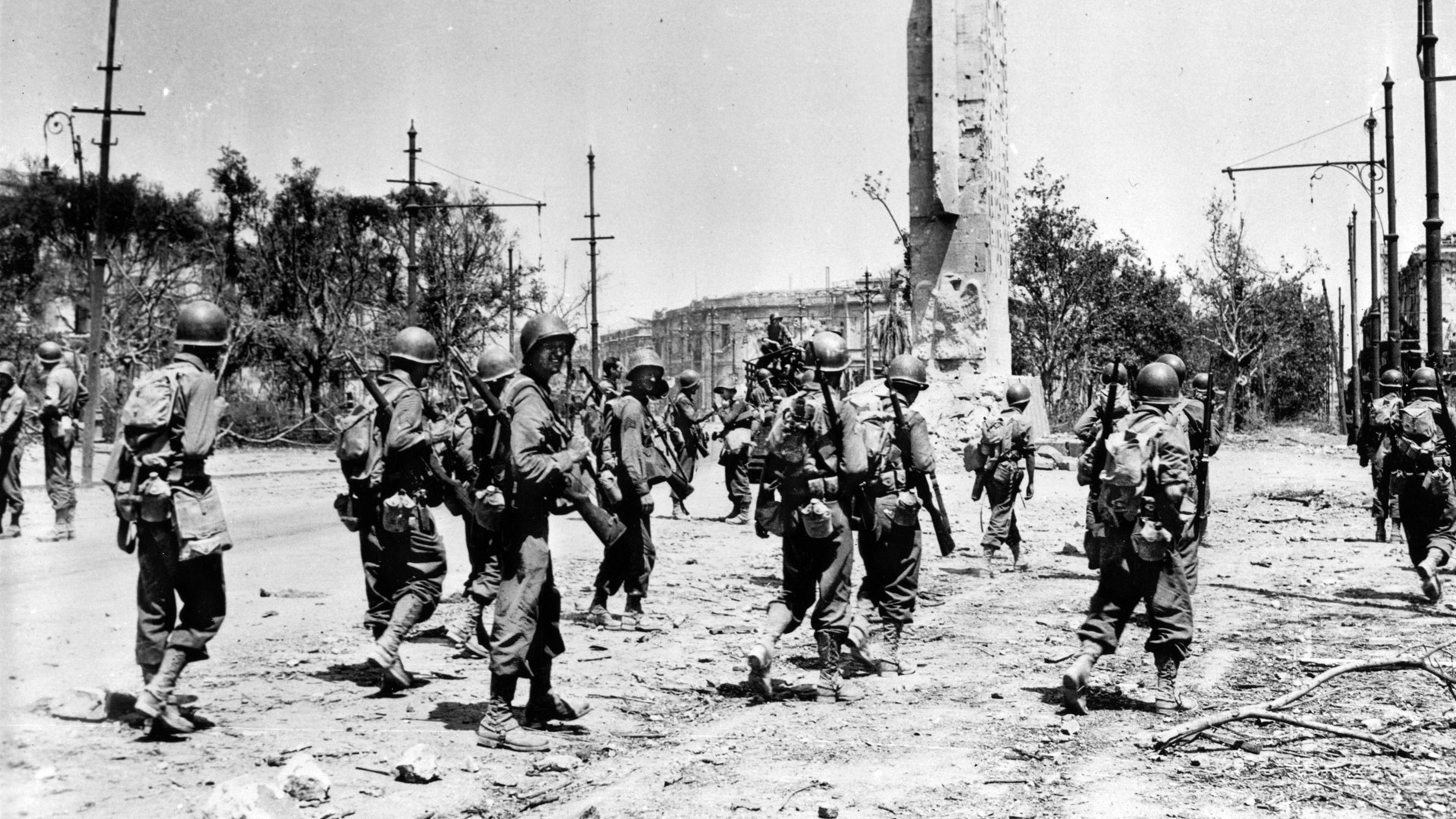
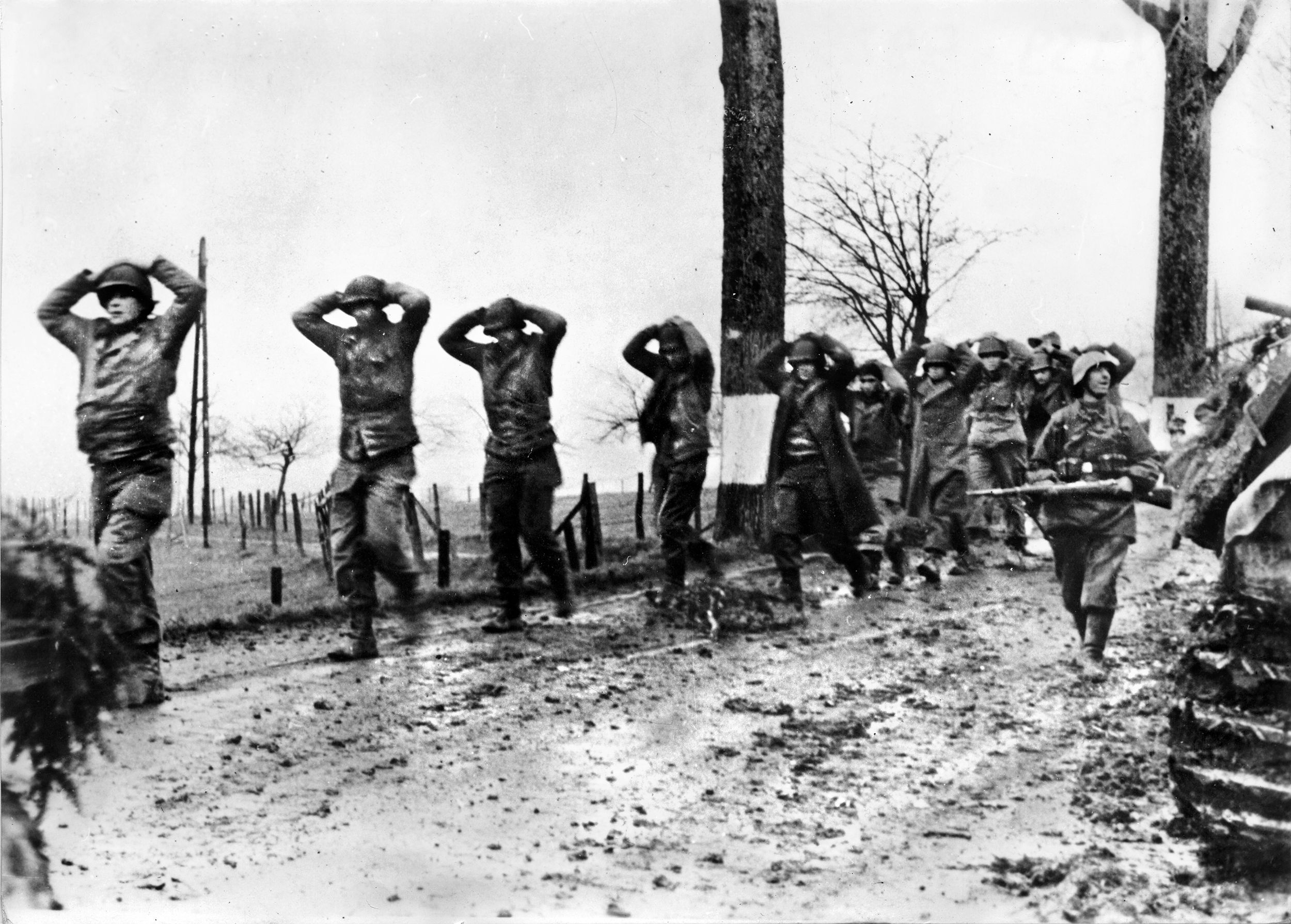


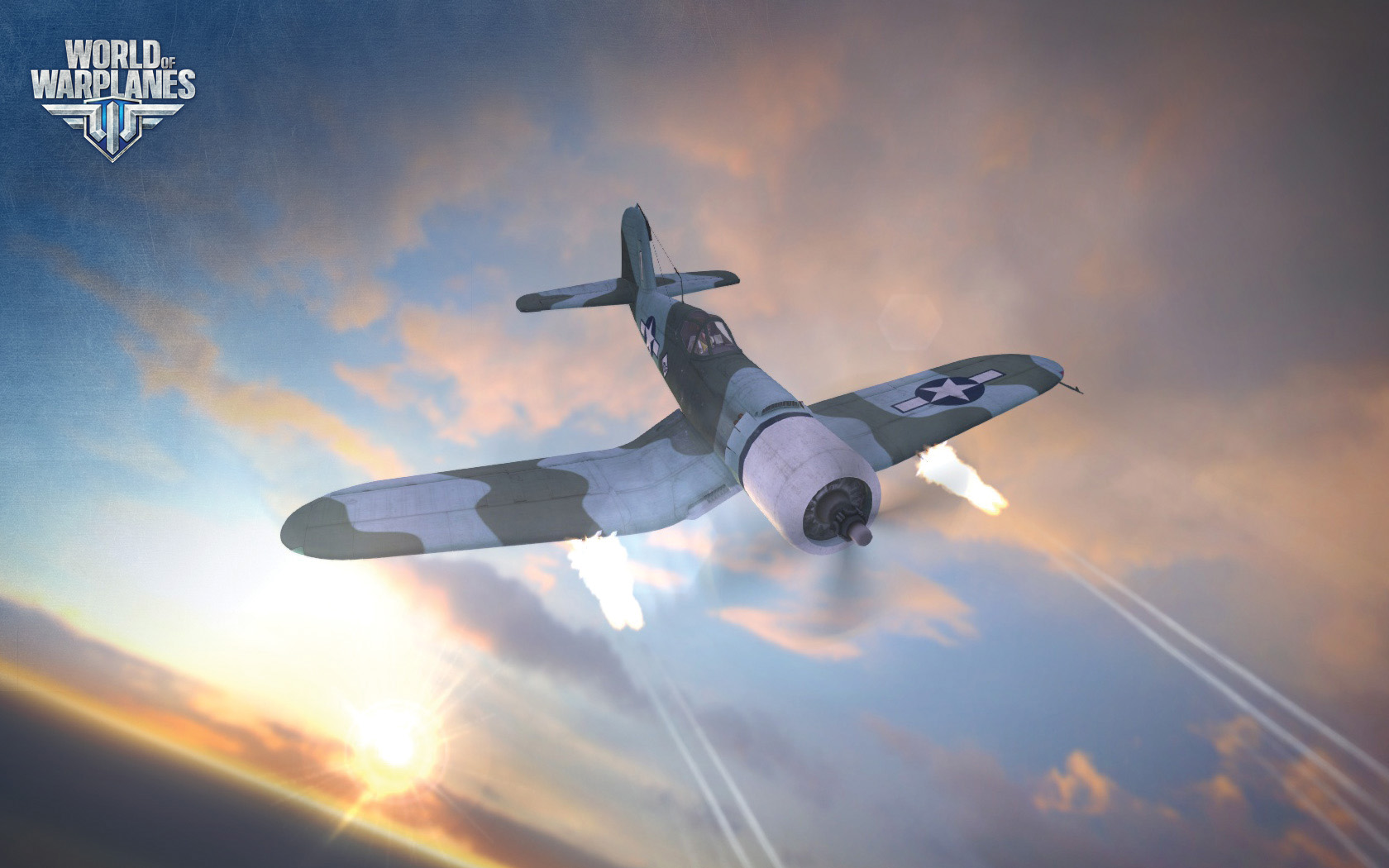
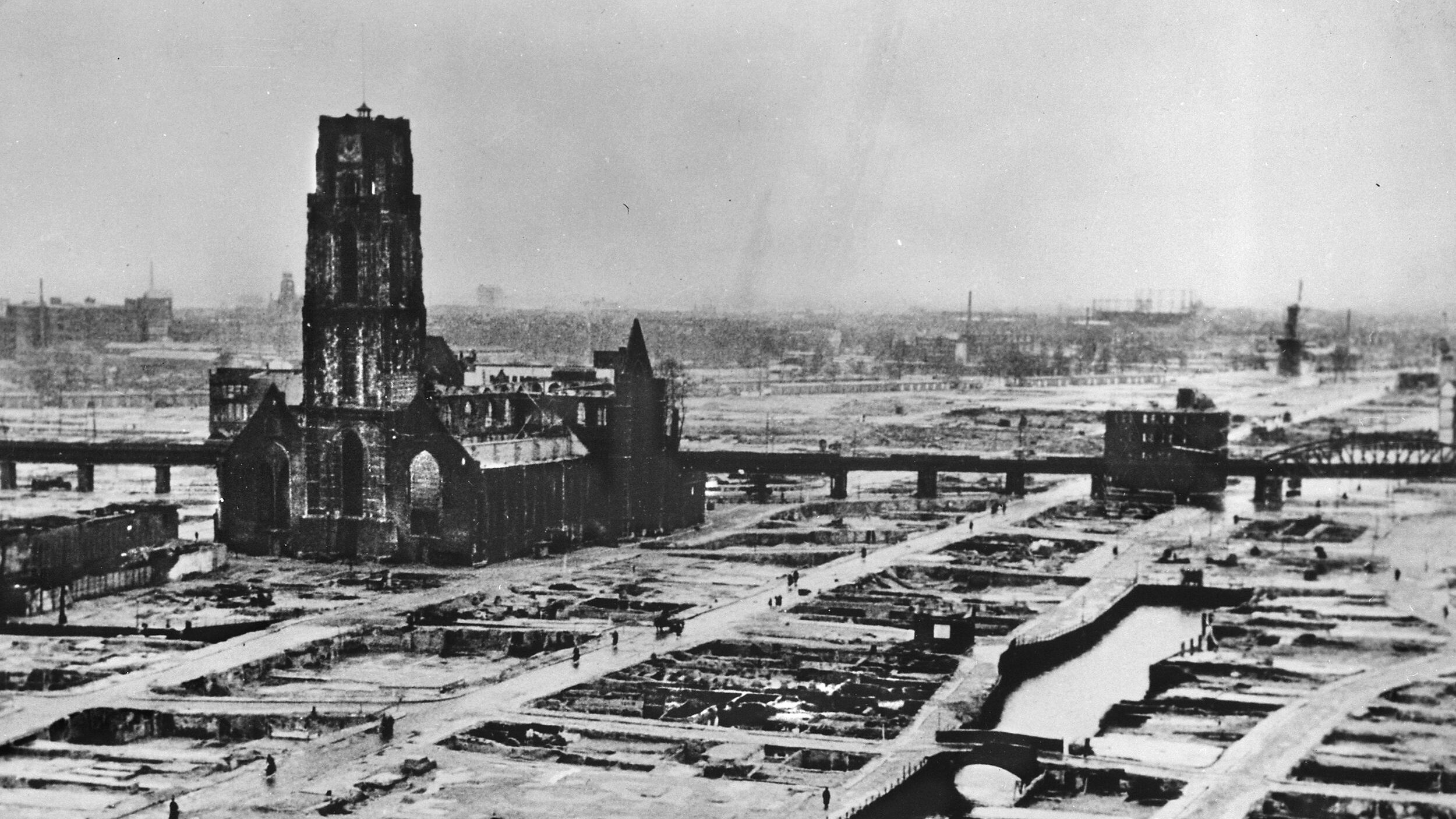
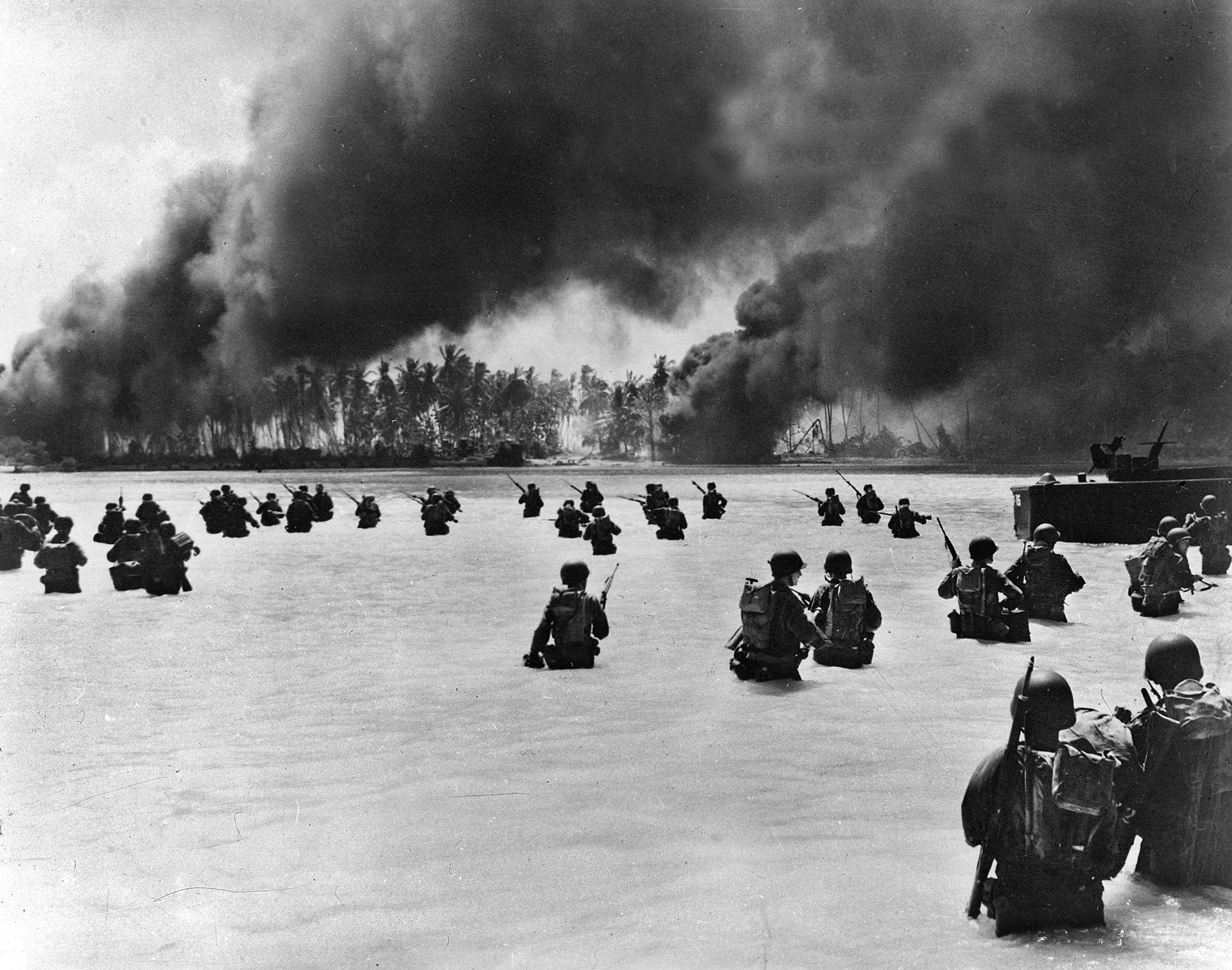
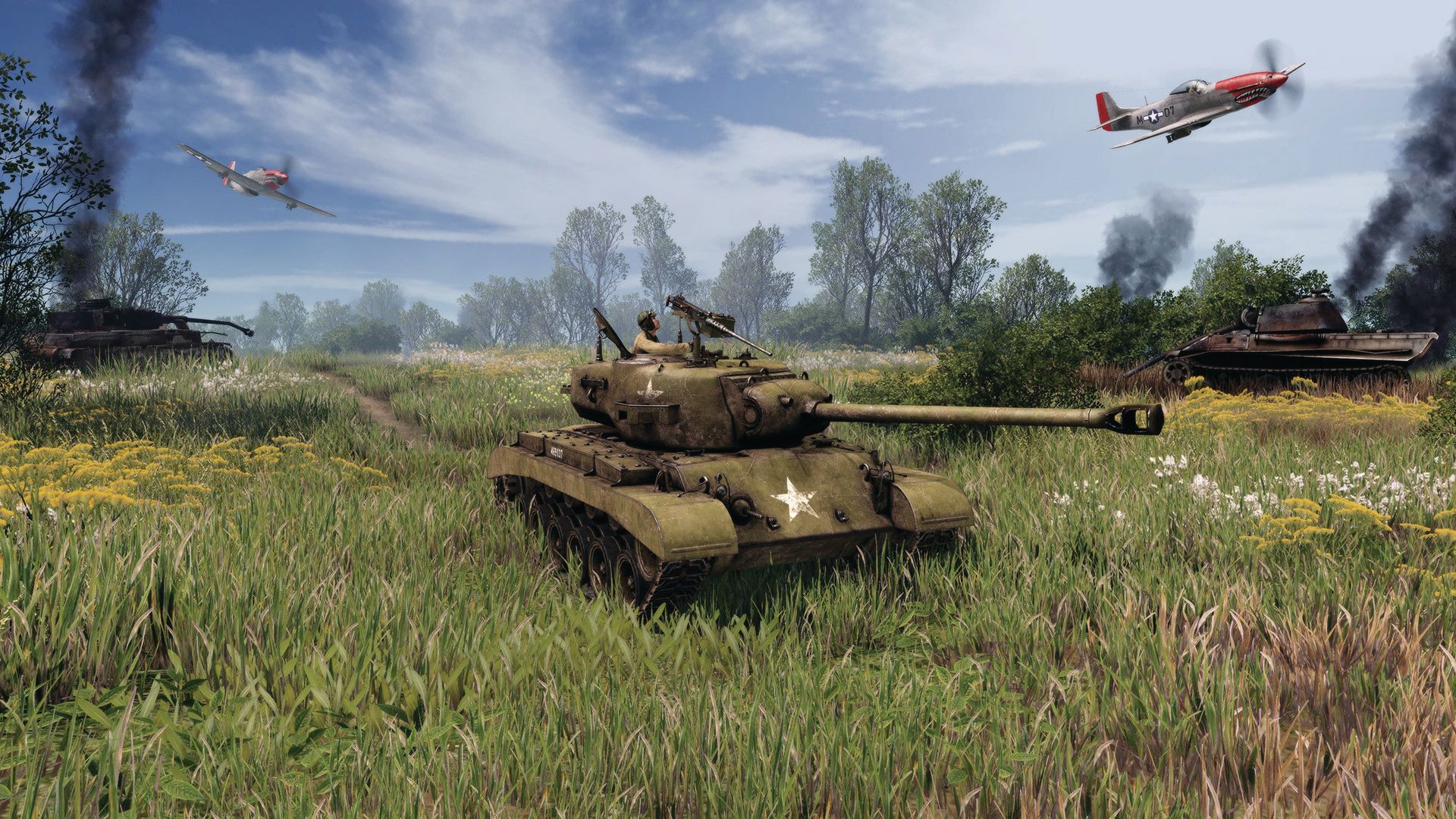
Join The Conversation
Comments
View All Comments